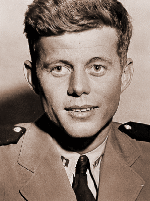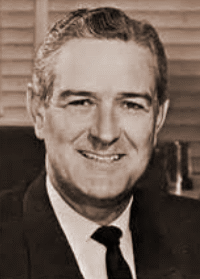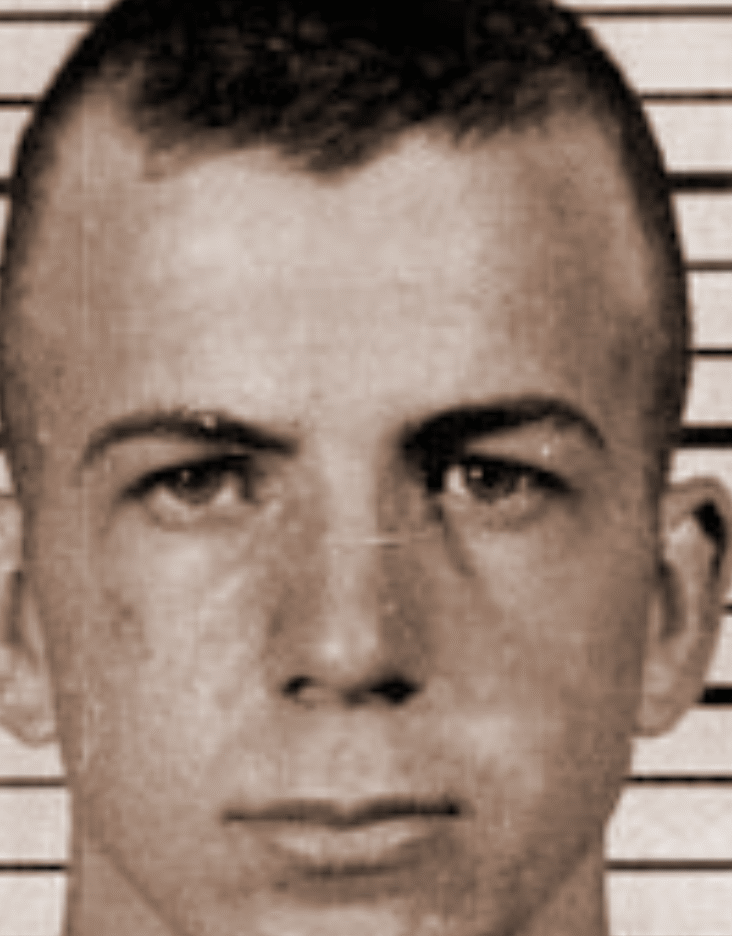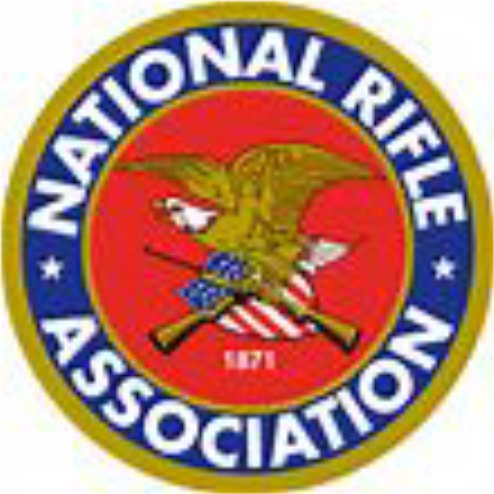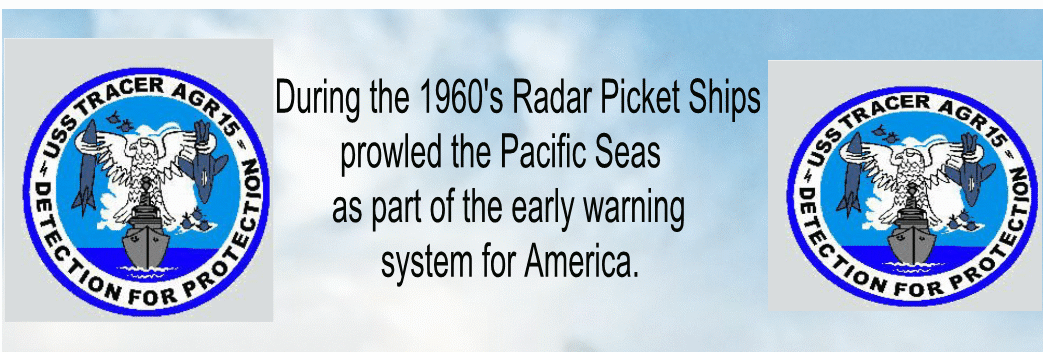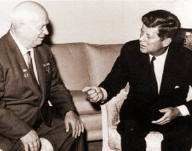
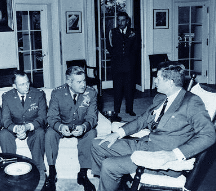
On November 22nd of 1963, President John F. Kennedy, 35th President of the United States, was assassinated in Dallas, Texas, by an individual who had been born in the United States to American parents, who had at one point in his adult life defected to the Soviet Union and became a communist. The assassin’s name was Lee Harvey Oswald, a well-known figure among left-wing agitators and—I suspect—a welcome comrade in Leftists circles. Oswald joined the Marines when he was younger and became a trained Marine Sniper. Eventually, however, because of his left-wing activities and dangerous associations, Oswald was discharged from the Marines less than honorably. Within months he defected to the Soviet Union. Common sense suggests that Oswald was chosen by the Soviet KGB (communist spy agency) to assassinate the young President who had humiliated the Socialist State—some months before—during the Cuban Missile Crisis.
So what is memorable about that time?
Well … For years after the Kennedy assassination, people would ask, “Where were you when you heard President Kennedy was assassinated?”
For me, the answer is simple; I was sitting just inside the Deck Division sleeping quarters, shooting the breeze with two other sailors.
Someone—I don’t remember who—filled the open hatch and almost shouted, “Someone shot the President!”
This statement made no sense because, in those days, no one had ever considered that an American President would ever be shot.
“What?” Someone said.
“They just shot President Kennedy!” Was the breathless reply.
Then the messenger ran off to tell others who had not heard.
Simultaneously, we rushed down to the radio shack, the only source of contact with the outside world for the Tracer when at sea.
The radioman said, “Yes, the President was shot in Dallas, Texas.”
No one knew at that time what his condition was, but we all presumed he would survive and be all right in the end. He didn’t, and he wasn’t. Later we learned later that the President was dead. The President of the United States (a former Navy man) had been assassinated. We were on a northern station, 500 miles (probably) off Washington State. The weather was bad; the ship tossed about, and the skies were gray. A gloom fell over the Tracer’s crew, and we were secretly nervous. No one knew what the assassination of a President meant. Were the Soviets going to attack? We didn’t know. When they could, sailors began making calls home to their families, which involved going to the radio shack and having your call patched through to a ham radio operator on the mainland. You spoke into a microphone, and when you were finished speaking, you said, “Over!” And the family member repeated the process. If I remember correctly, the picket had just begun, so we had another thirty-some days to go. The Tracer was a joyless vessel made even more miserable for the next couple of weeks because we were patrolling in bad weather. At one point, we patrolled on station with the ship’s running lights off because no one knew what would happen next, and there was concern that the early warning system would be neutralized before an all-out Communist attack.
During this period, I recall standing a lookout watch on the wing of the bridge, probably the mid-watch, and looking out over a broiling sea; the weather was cold and windy. Standing watch after midnight on the wing was always a little eerie, even during the best times, but for days and weeks after the Kennedy assassination, night watches became downright creepy. That particular evening, the sky was dark, the water churning and tossing about, veins of white foam crisscrossing the troubled surface of the sea. In places, spouts of brine splashed upward toward the sky’s blackened dome; the wind would howl and then still howl again. I was somewhat unnerved when suddenly, somewhere aft, a bucket, or something metal, broke loose and rattled down the length of the weather deck, sending shivers up my spine. The entire ship seemed to creak and groan each time her bow smashed headlong into the power of the ocean. I pushed my face down into my coffee cup; the brew had been in the pot since the evening watch, which was about five hours, and with every sip, I tasted the gritty bitter grounds on the tip of my tongue. Sporadically, the wind would howl and slap against my face, and I would turn my head away from its force, making a little tent out of the hood on my parka, lifting my cup up to allow the steam to flow over my face. At the time, a seaman named Richard Archuleta was on watch on the opposite wing. He was on the Starboard wing, and the hatch leading into the bridge was closed because the wind was blowing from Starboard. I was lost in thought when I heard a voice speak to me. It was Archuleta. He had walked through the bridge from the opposite wing out onto the Port wing where I was and stood there, sipping lukewarm, rather bitter coffee, obviously stalling. After a while, I mentioned that he should return to his wing because he was on lookout watch. Archuleta responded he was too nervous out there alone because of the assassination. Normally, a sailor who said something like that would have provided the Deck Division with fodder for a campaign of relentless ridicule for weeks. But, I never mentioned the incident to anyone for a month or more. That evening, even the Officer of the Deck understood how Archie felt.
Sometime after we got the news that the President was dead, there was a memorial service; our Captain and Executive Officer presided. I believe that Lieutenant Commander Albert Reid (The Tracer’s Captain) may have served with the young President at some point in his career. Reid was old-time Navy, including service during WWII. You could tell Captain Reid was taking the assassination hard while speaking at the service, his lip quivering and his voice cracked. It was a difficult day.
At the time, the Tracer’s Captain was Lieutenant Commander Albert Reid, and the Executive Officer was Lieutenant Rod Flannery. I understand that Captain Reid had been in the Navy during WWII and that Lt Flannery was an Annapolis graduate who had not been in the Navy that long when he was assigned to the Tracer as Executive Officer. I have read that Mister Flannery stayed in the Navy and eventually retired as a Rear Admiral.
There is another, more personal aspect for the author, to this story: The author, Roland Phillips, graduated from Boot Camp in July of 1961. When a company graduates from Boot Camp after three months there is a ceremony of sorts. Relatives are invited and dignitaries are in the stands and each graduating company marches by and performs some of the military maneuvers they have learned over the weeks. Our dignitary, the man who headed the dignitaries program at the graduation of our company was the Secretary of the Navy. He was a politician from Texas named, John Connally. On November 22, 1963, John Connally, then Governor of Texas was sitting in the front seat of the vehicle in which the young President and his wife were riding. The bullets that struck John Kennedy also struck John Connally. John Connally was seriously wounded, but the President was killed.
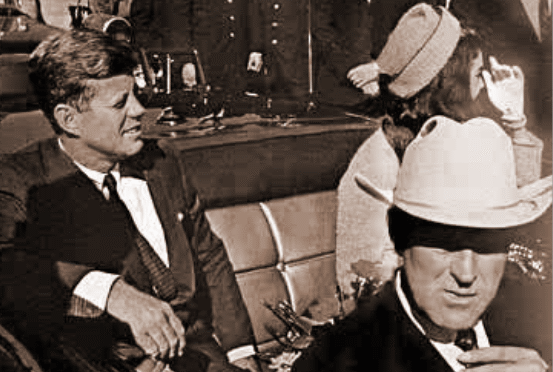
The photo above shows the President and the Governor just moments before the Assassin's bullet struck. John Connally is in the front seat, wearing a Stetson.
From 1963 on… the assassination of John F Kennedy defined the American Experience. Where were you when Kennedy was assassinated? Was the question asked around the water cooler thousands of times for years after? America had lost her innocence…

